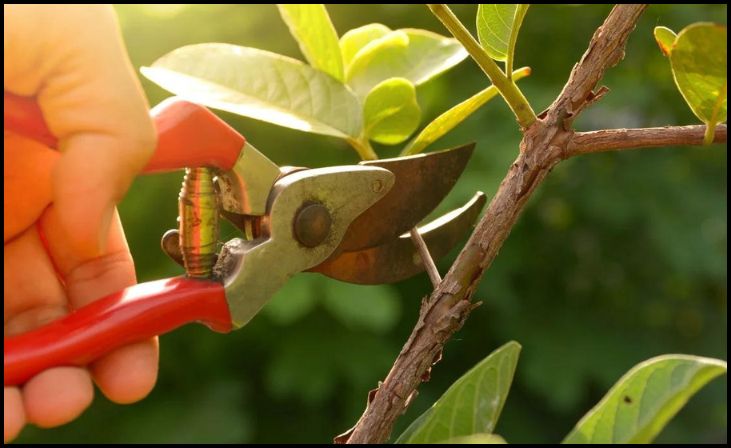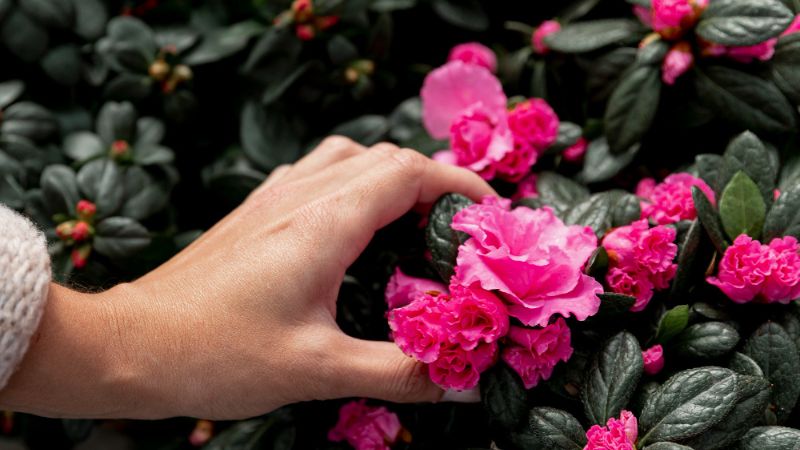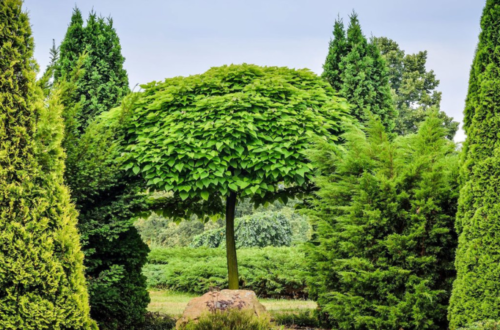Hibiscus plants, with their vibrant flowers and lush foliage, are a beautiful addition to any garden or landscape. Pruning is a crucial aspect of hibiscus care that helps maintain the plant’s health, shape, and blooming potential. However, pruning hibiscus requires finesse and knowledge to ensure you don’t inadvertently harm the plant. In this guide, we’ll explore nine essential tips for effectively pruning your hibiscus plants, helping you enhance their beauty and longevity.
1. Timing is Key

Pruning hibiscus at the right time is crucial for promoting healthy growth and abundant flowering. The ideal time to prune is in late winter or early spring, just before new growth begins. This allows the plant to recover quickly and encourages vigorous growth during the growing season.
2. Choose the Right Tools
Using the proper tools is essential for successful hibiscus pruning. Opt for sharp, clean pruning shears or scissors to make clean cuts without causing damage to the plant. Dull or dirty tools can crush stems and introduce diseases, so ensure your tools are well-maintained.
3. Remove Dead or Diseased Wood
Regularly inspect your hibiscus plant for dead or diseased wood, as these can attract pests and inhibit healthy growth. Use your pruning shears to remove any dead or diseased branches, cutting back to healthy tissue to prevent the spread of infection.
4. Prune for Shape and Size

Pruning hibiscus for shape and size helps maintain a tidy appearance and prevents overcrowding. Remove any crossing or rubbing branches, as well as any overly long or leggy growth, to promote a balanced and attractive form.
5. Encourage Flowering
Pruning can stimulate flowering in hibiscus plants by removing old, spent blooms and encouraging the development of new buds. Deadheading, or removing faded flowers, encourages the plant to redirect its energy into producing more blooms, resulting in a longer flowering period.
6. Avoid Over-Pruning
While pruning is essential, over-pruning can stress the plant and inhibit its growth and flowering. Avoid removing more than one-third of the plant’s foliage at a time, as this can shock the plant and hinder its ability to recover.
7. Consider Your Climate
The climate in which your hibiscus plant grows can influence your pruning routine. In colder climates, you may need to prune more lightly to protect the plant from frost damage, while in warmer climates, you can prune more aggressively to encourage new growth and flowering.
8. Prune Young Plants Carefully

Young hibiscus plants are more delicate and susceptible to damage, so take extra care when pruning them. Focus on removing any weak or diseased growth and shaping the plant gently to encourage healthy development.
9. Monitor and Adjust
Regular monitoring of your hibiscus plants allows you to identify any issues early and adjust your pruning routine accordingly. Keep an eye out for signs of pests, disease, or nutrient deficiencies, and prune as needed to maintain the plant’s health and vigor.
Conclusion
Pruning is a vital aspect of hibiscus care that helps promote healthy growth, abundant flowering, and an attractive appearance. By following these nine essential tips, you can ensure that your hibiscus plants thrive and continue to delight you with their beauty for years to come. Remember to prune with care, using the right tools and techniques, and always prioritize the health and well-being of your plants. With proper pruning, your hibiscus plants will reward you with stunning blooms and lush foliage, enhancing your garden or landscape with their vibrant presence.






